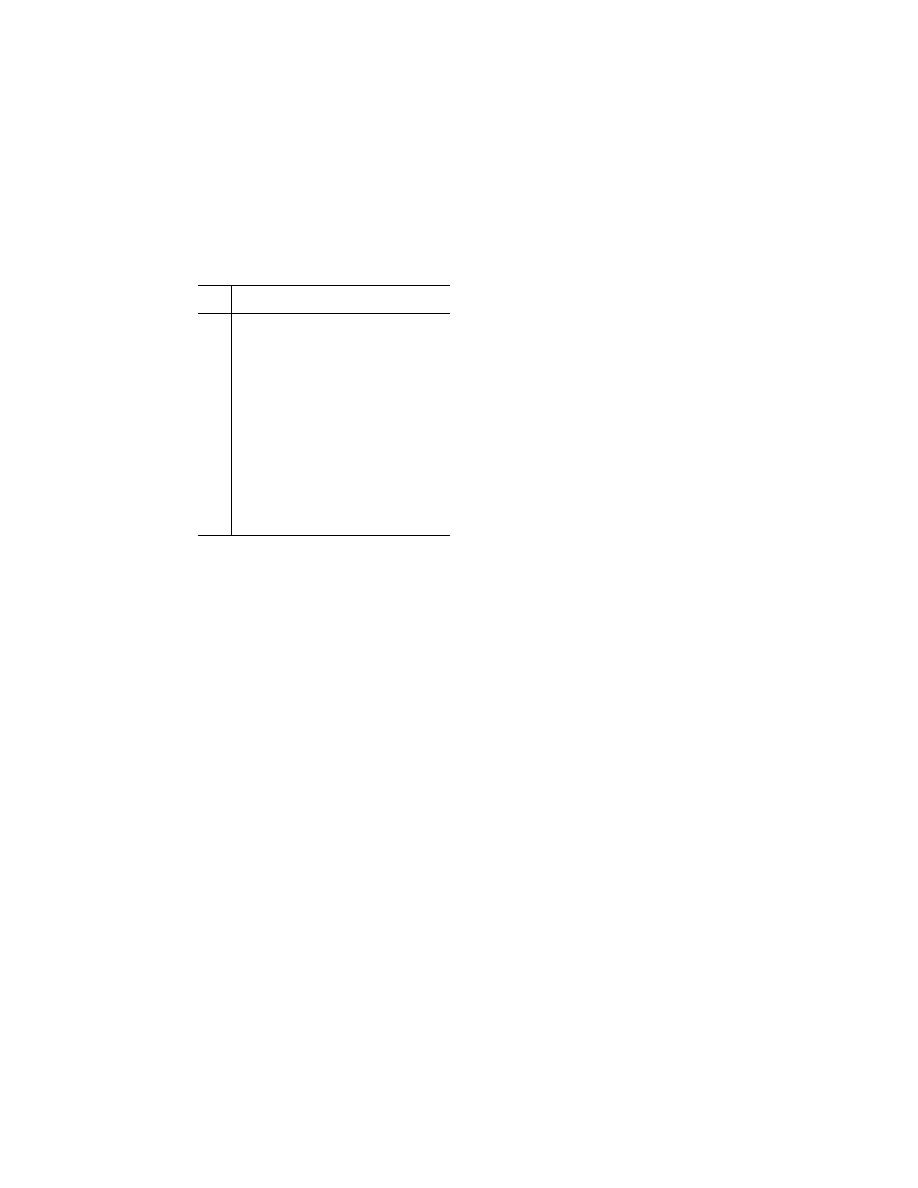
343
Pipeline and Haz. Matls. Safety Admin., DOT
§ 172.102
L
IST OF
M
ARINE
P
OLLUTANTS
—Continued
S.M.P.
(1)
Marine pollutant
(2)
PP Triphenyl phosphate/tert-butylated triphenyl
phosphates mixtures containing 10% to 48%
triphenyl phosphates
PP Triphenyltin
compounds
Tripropylene
Tritolyl phosphate (less than 1% ortho-isomer)
PP
Tritolyl phosphate (not less than 1% ortho-isomer)
Trixylenyl phosphate
Turpentine
Vinylidene chloride, stabilized
Warfarin (and salts of)
PP
White phosphorus, dry
PP
White phosphorus, wet
White spirit, low (15-20%) aromatic
PP
Yellow phosphorus, dry
PP
Yellow phosphorus, wet
Zinc bromide
Zinc chloride, anhydrous
Zinc chloride solution
Zinc cyanide
[Amdt. 172–173, 55 FR 52474, Dec. 21, 1990]
E
DITORIAL
N
OTE
: For F
EDERAL
R
EGISTER
ci-
tations affecting § 172.101, see the List of CFR
Sections Affected, which appears in the
Finding Aids section of the printed volume
and at
www.fdsys.gov.
§ 172.102
Special provisions.
(a)
General.
When column 7 of the
§ 172.101 table refers to a special provi-
sion for a hazardous material, the
meaning and requirements of that pro-
vision are as set forth in this section.
When a special provision specifies
packaging or packaging require-
ments—
(1) The special provision is in addi-
tion to the standard requirements for
all packagings prescribed in § 173.24 of
this subchapter and any other applica-
ble packaging requirements in subparts
A and B of part 173 of this subchapter;
and
(2) To the extent a special provision
imposes limitations or additional re-
quirements on the packaging provi-
sions set forth in column 8 of the
§ 172.101 table, packagings must con-
form to the requirements of the special
provision.
(b)
Description of codes for special pro-
visions.
Special provisions contain
packaging provisions, prohibitions, ex-
ceptions from requirements for par-
ticular quantities or forms of materials
and requirements or prohibitions appli-
cable to specific modes of transpor-
tation, as follows:
(1) A code consisting only of numbers
(for example, ‘‘11’’) is multi-modal in
application and may apply to bulk and
non-bulk packagings.
(2) A code containing the letter ‘‘A’’
refers to a special provision which ap-
plies only to transportation by air-
craft.
(3) A code containing the letter ‘‘B’’
refers to a special provision that ap-
plies only to bulk packaging require-
ments. Unless otherwise provided in
this subchapter, these special provi-
sions do not apply to UN, IM Specifica-
tion portable tanks or IBCs.
(4) A code containing the letters ‘‘IB’’
or ‘‘IP’’ refers to a special provision
that applies only to transportation in
IBCs.
(5) A code containing the letter ‘‘N’’
refers to a special provision which ap-
plies only to non-bulk packaging re-
quirements.
(6) A code containing the letter ‘‘R’’
refers to a special provision which ap-
plies only to transportation by rail.
(7) A code containing the letter ‘‘T’’
refers to a special provision which ap-
plies only to transportation in UN or
IM Specification portable tanks.
(8) A code containing the letters
‘‘TP’’ refers to a portable tank special
provision for UN or IM Specification
portable tanks that is in addition to
those provided by the portable tank in-
structions or the requirements in part
178 of this subchapter.
(9) A code containing the letter ‘‘W’’
refers to a special provision that ap-
plies only to transportation by water.
(c)
Tables of special provisions.
The fol-
lowing tables list, and set forth the re-
quirements of, the special provisions
referred to in column 7 of the § 172.101
table.
(1)
Numeric provisions.
These provi-
sions are multi-modal and apply to
bulk and non-bulk packagings:
Code/Special Provisions
1
This material is poisonous by inhalation
(see § 171.8 of this subchapter) in Hazard
Zone A (see § 173.116(a) or § 173.133(a) of this
subchapter), and must be described as an
inhalation hazard under the provisions of
this subchapter.
2
This material is poisonous by inhalation
(see § 171.8 of this subchapter) in Hazard
Zone B (see § 173.116(a) or § 173.133(a) of this
subchapter), and must be described as an
VerDate Sep<11>2014
16:41 Oct 31, 2018
Jkt 244226
PO 00000
Frm 00353
Fmt 8010
Sfmt 8010
Q:\49\49V2.TXT
PC31